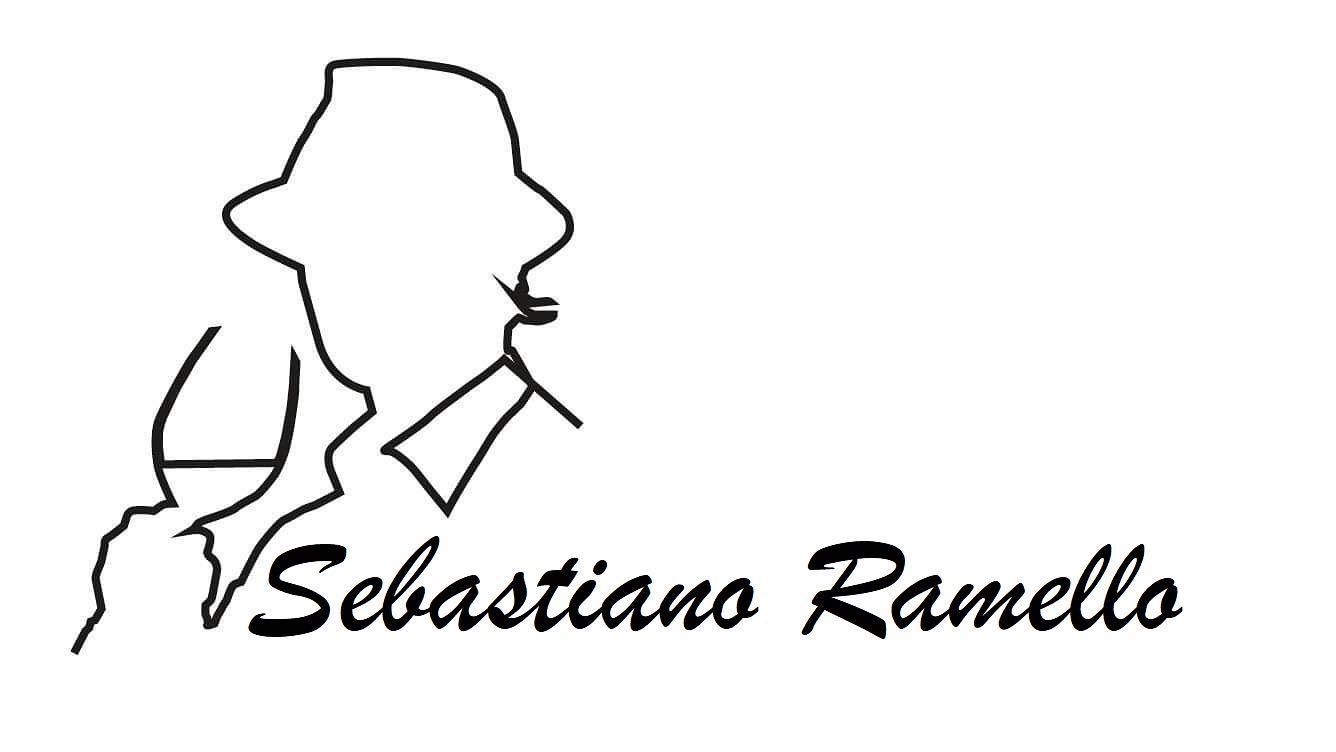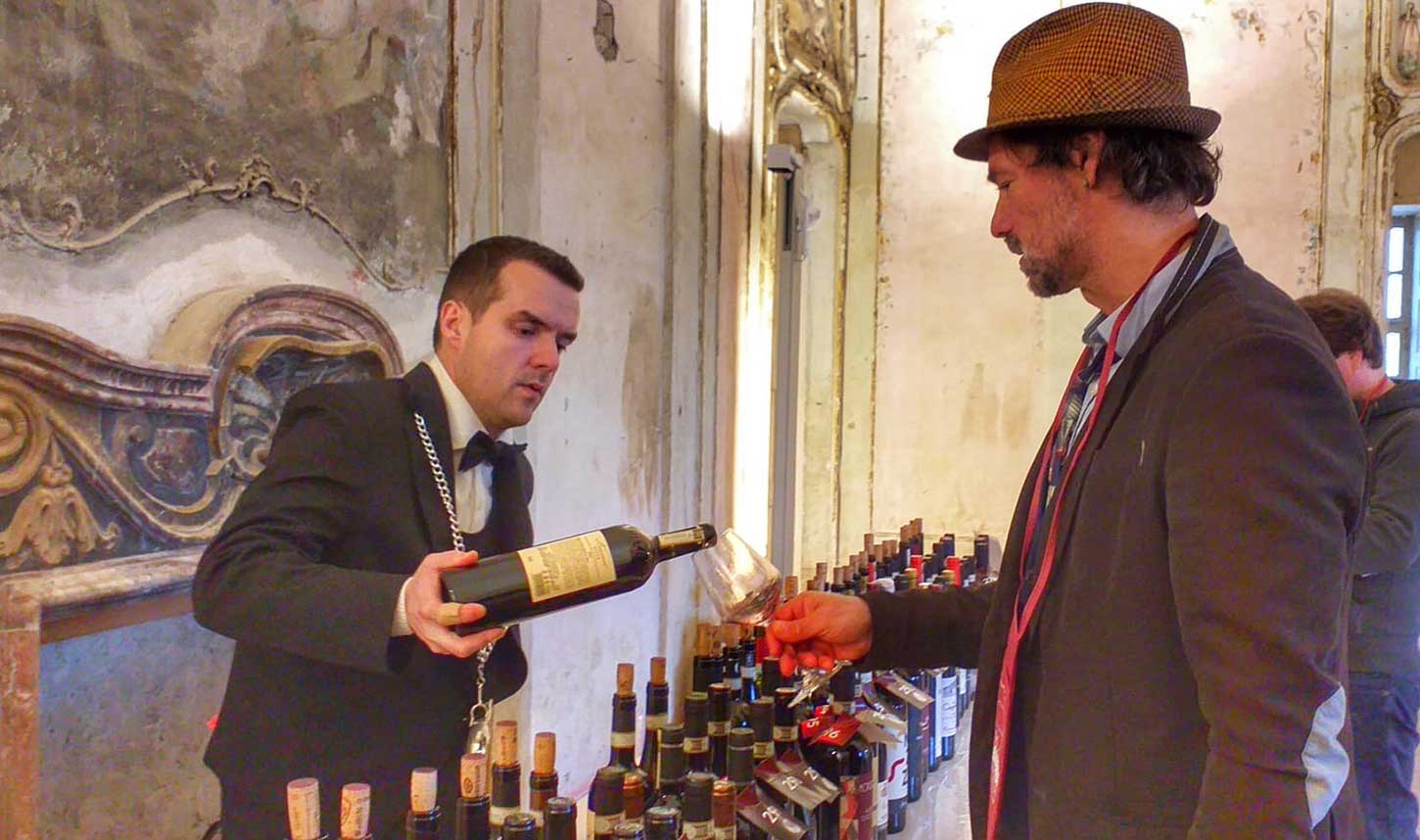Last weekend I had the pleasure of accepting the invitation, by Pierluigi Bianco, to participate in “Rosso Barbera” one of the most important wine tasting events, about wines produced with 100% Barbera grapes, in Italy, which took place in the magnificent castle of Costigliole D’Asti in the Piemonte region.
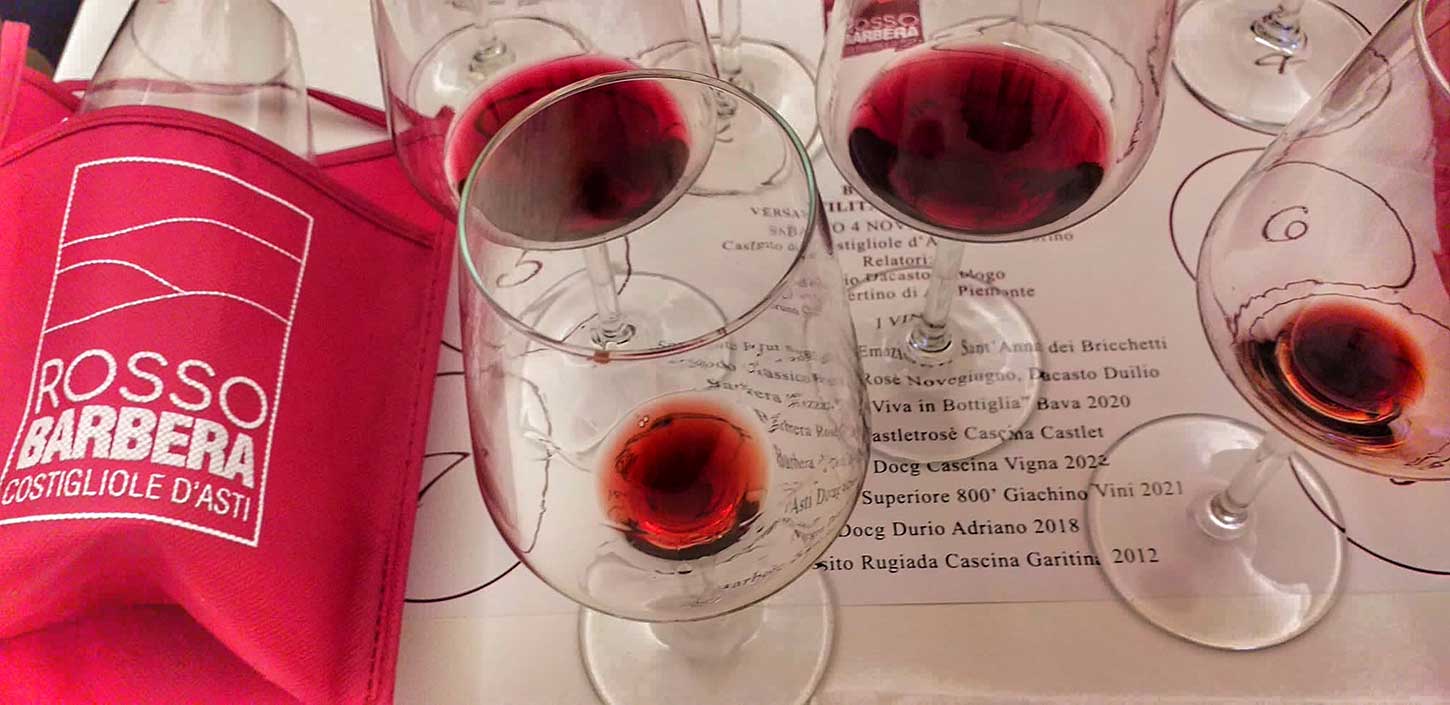
just reaching this magnificent place in the heart of the Monferrato area is a journey, a beautiful up and down journey along narrow roads that curve after curve climb up hills dotted with vineyards for the production of the grapes that reign supreme here, the “Barbera”.
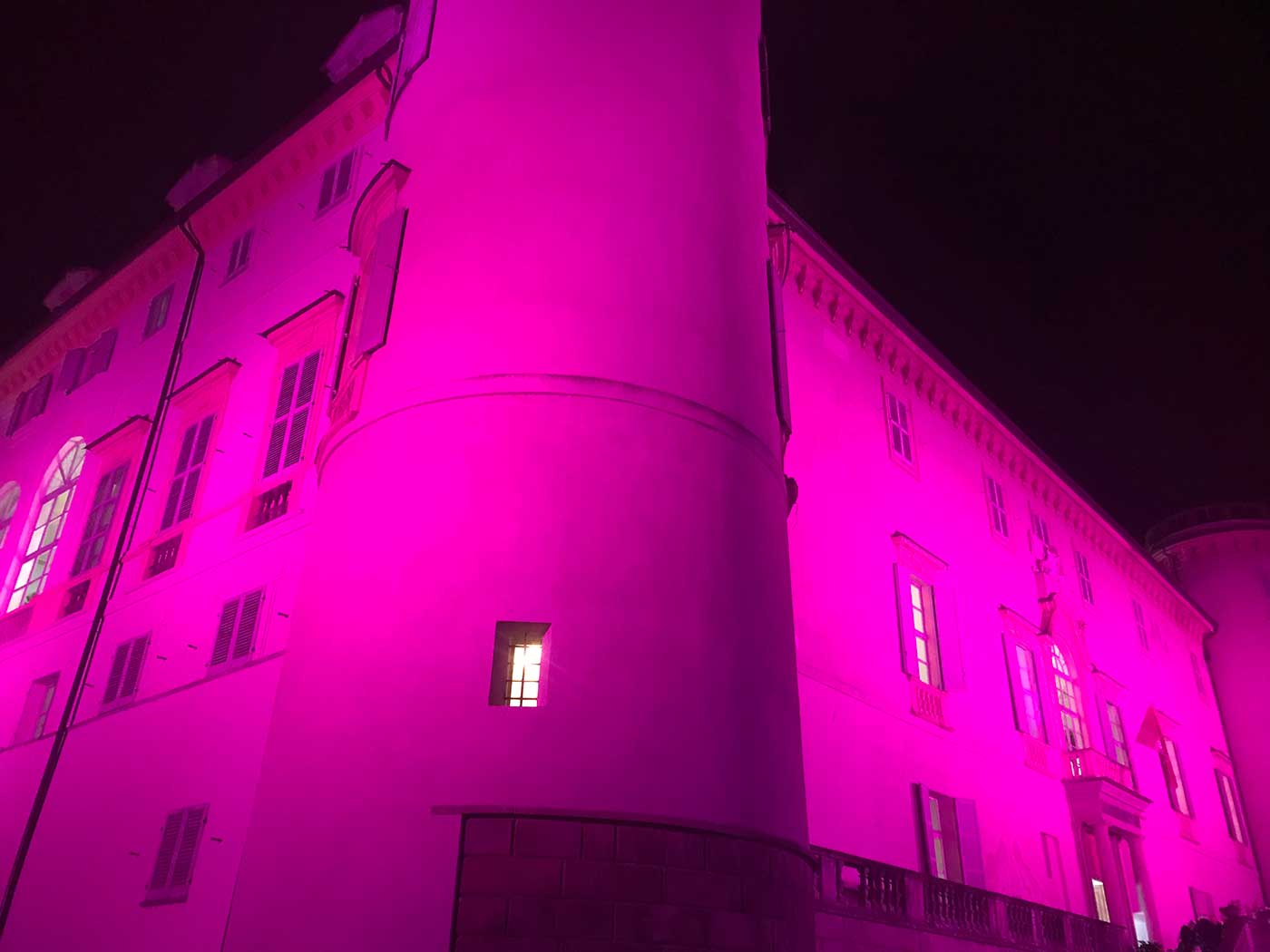
As many of you know by now for weeks now I have been concentrating on this territory, Monferrato, one of the three most important wine territories in the Piemonte region together with the Langa and Roero.
In the past weeks I have been able to visit many wineries with the aim of better understanding Nizza Docg, the latest addition to the great Piedmontese red wines, a wine produced 100% with Barbera grapes. A unique red wine born in 2014; if Barolo Docg can be defined as the “king of Italian wines” in the Langa, surely Nizza Docg will soon be able to be defined in Monferrato as “the queen of Italian wines“, thanks its elegance and intense aroma, often vinous when young, with great persistence: plum, dark berries, cherry prevail, which evolve into hints of jam and fruit in alcohol, then more or less intense balsamic, spicy and sometimes floral notes. With aging in wood it develops hints of cinnamon, cocoa and liquorice.
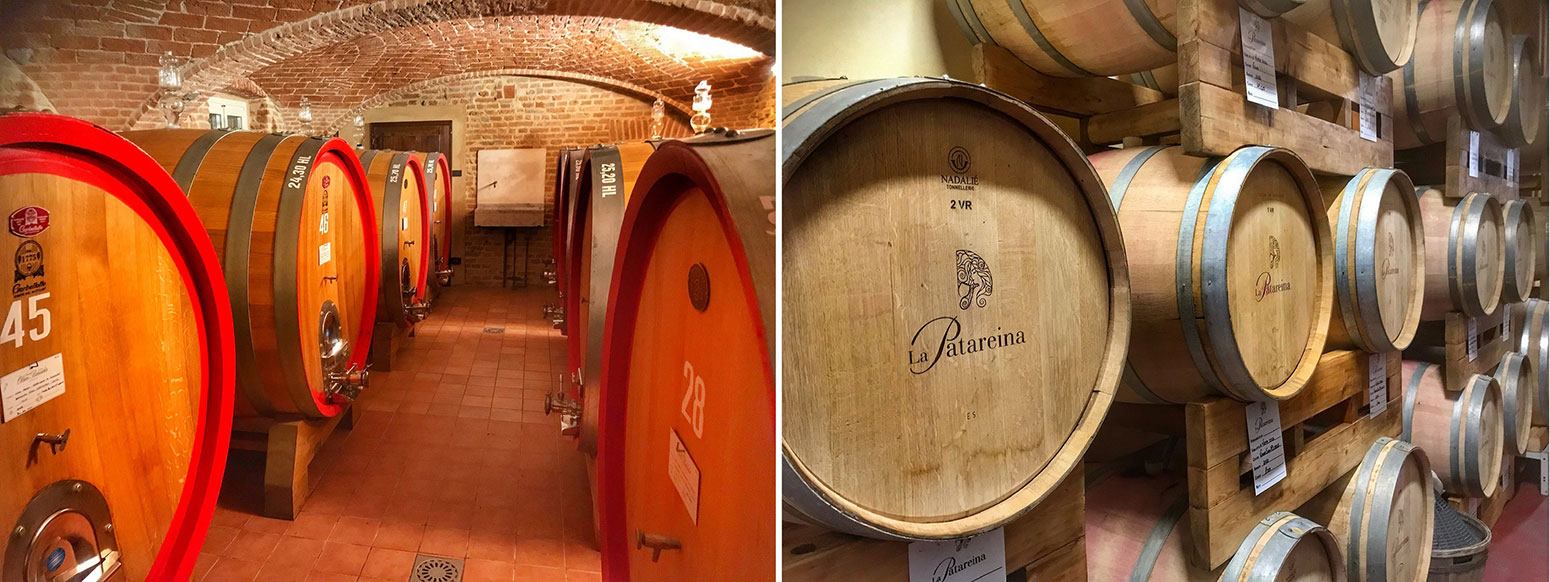
Thanks to this event, ROSSO BARBEAR, where there was the possibility of tasting the wines produced with Barbera grapes from different area of Monferrato territory of most of the wineries, I was able to discover, at the tasting counter of the Nizza Docg, located in a beautiful room ancient and decorated castle, the truly great differences of Nizza Docg. Here I tasted over 60 Nizza Docg wines produced by different wineries throughout the afternoon, some similar to each other, others very different and some truly unique.

The tasting began with the Nizza Docg, with a minimum aging as dictated by the specification of 18 months of which 6 months in wood, in this case in small barrels mostly barriques, I have noticed that many are pleasant even when young and ready enough to be drunk even the most recent vintages, good acidity but not too aggressive and light and noble tannins; to then move on to the Nizza Docg aged partly in small barrels, mostly barriques, and partly in large oak barrels as per the Piedmontese tradition. I generally found these to have a slightly higher acidity, pleasant, soft and non-aggressive secondary hints; to finish the tasting of the over 60 bottles on display with the Nizza Docg Riserva and Nizza Vigna Riserva: minimum regulatory aging of 30 months of which 12 months in wooden barrels: powerful, spirited wines, enveloping tannins sometimes still slightly hard, exceptional acidity , wines from the 2019 vintages that are mostly still young, certainly exceptional to be tasted even now paired with a good steak or strong mature cheeses, but in my opinion with a great potential for evolution, I am sure that the latter will be wines that over the years the next ones, with the right refinement in the bottle, will only improve further and thus delight the palates of the most expert.
Furthermore, among the many there are those who have already dared to produce a Nizza Docg with a screw cap instead of the classic cork cap, but I will talk about this in a future article.
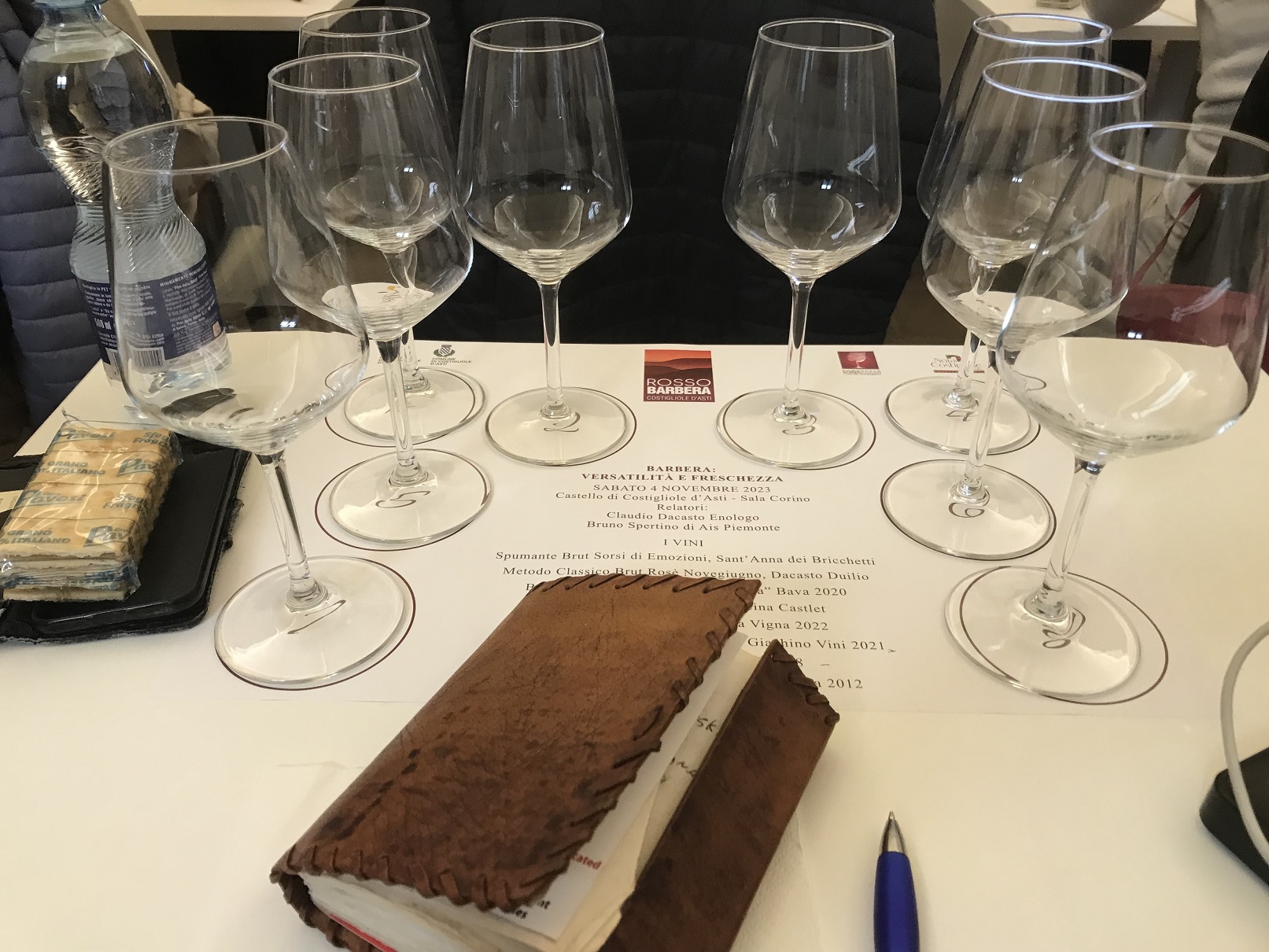
Interestingly, among some of them the tertiary scents are very strong, so much so that it becomes simple to understand the origin of the wine, its producer.
Whether produced, aged, in small or large barrels, whether normal or Riserva, they are all wines with great aging potential, it would be interesting to be able to taste them again in 10 years.
Speaking with the producers I discovered that in recent years it seems that the land where Barbera is grown for the production of Nizza Docg has gained value by increasing their cost per hectare by 30% so it seems that buying land, vineyards suitable for Nizza Docg is also becoming a good investment.
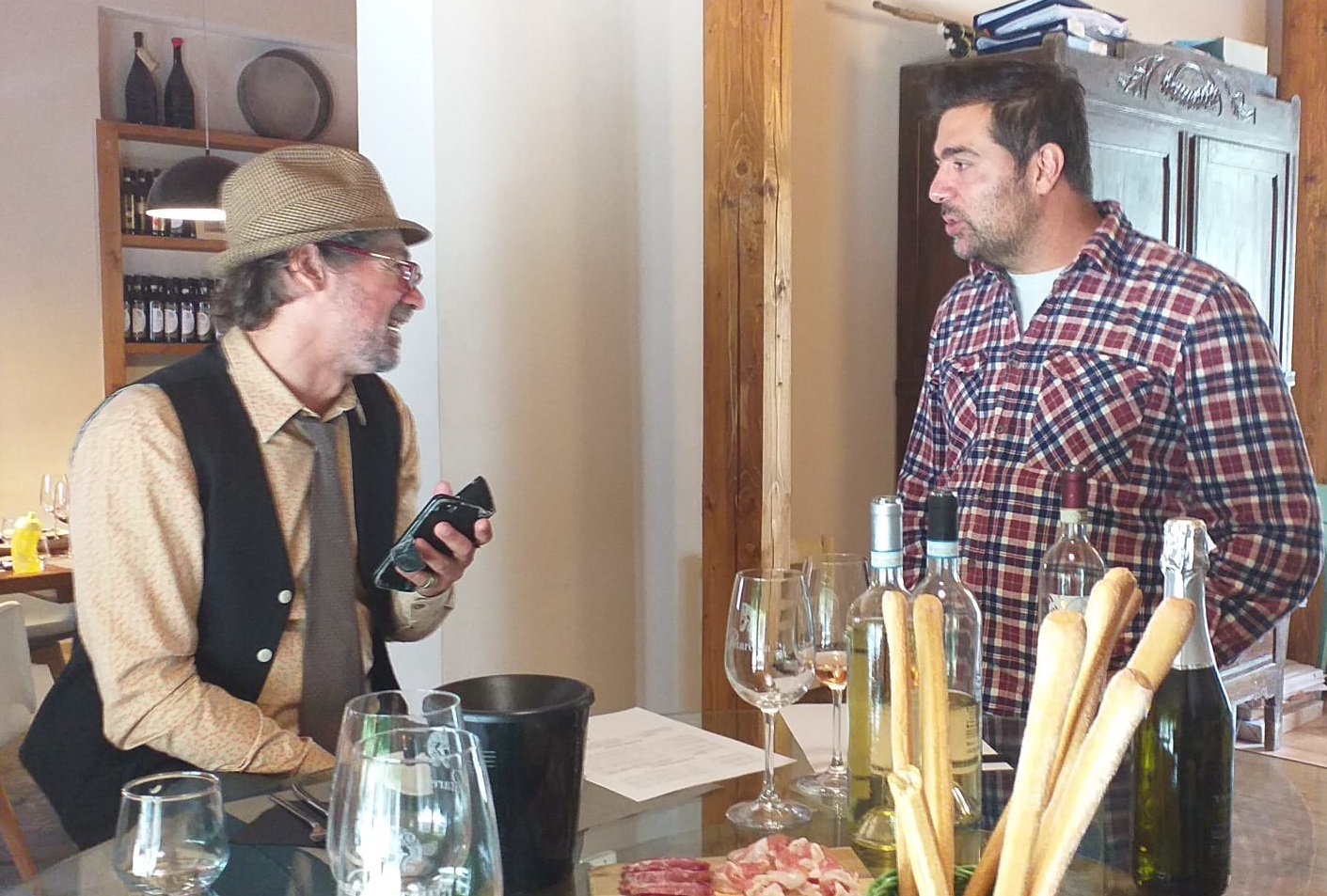
ill Nizza Docg be destined to follow the same path as Barolo?
as they say: “he who lives will know”
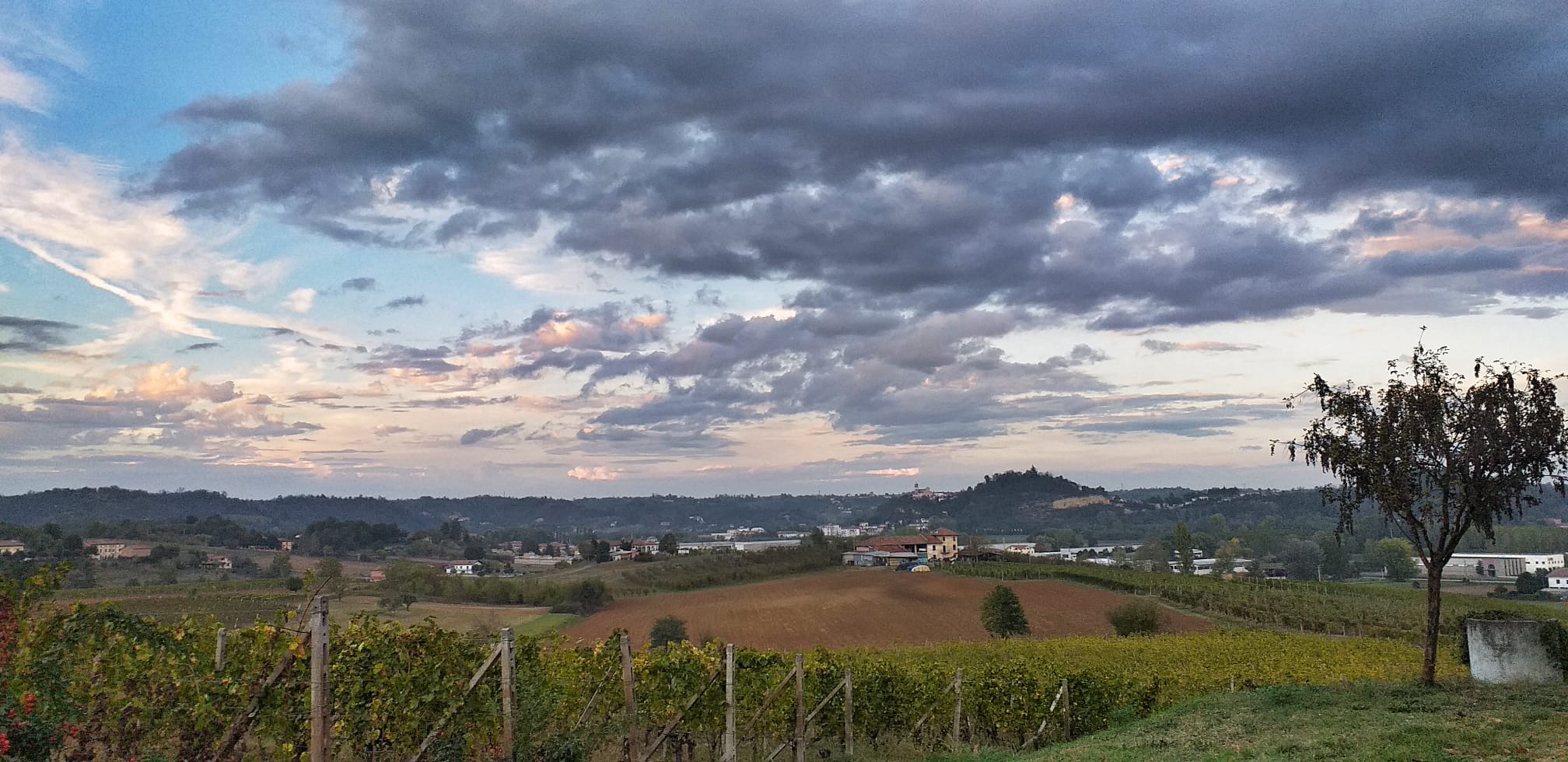
Some technical data:
The production area is limited to the municipalities of Agliano Terme, Belveglio, Bruno, Calamandrana, Castel Boglione, Castelnuovo Belbo, Castelnuovo Calcea, Castel Rocchero, Cortiglione, Incisa Scapaccino, Moasca, Mombaruzzo, Mombercelli, Nizza Monferrato , Rocchetta Palafea, San Marzano Oliveto, Vaglio Serra and Vinchio in the province of Asti Piemonte regfion ITALY. Exclusively hilly location with exposure from south to south west – south east.
YIELD PER HECTARE: Nizza 7 t/ha, Nizza Riserva 7 t/ha, Nizza vineyard 6.3 t/ha, Nizza vineyard Riserva 6.3 t/ha.
ORGANOLEPTIC CHARACTERISTICS OF WINE Intense ruby red color, tending towards garnet with aging. Intense, characteristic, ethereal odor. Dry, full-bodied, harmonious and round flavour. MINIMUM TOTAL ACIDITY 5 g/l
For more information on this great and unique wine (Nizza Docg) and on other Italian wines you can freely contact the expert and international wine consultant Mr. Sebastiano Ramello piemontewine@yahoo.it
